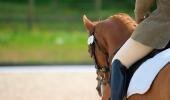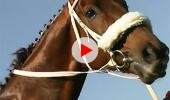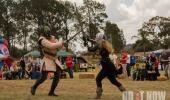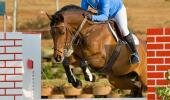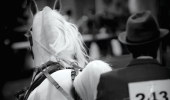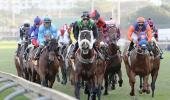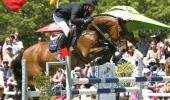Words: Nikki Tilley | Photos: Malealea Lodge & Pony Trekking
“Spring is sprung, the grass is ris – I wonder where my pony is?” Or something like that. Now that summer and the warmer weather is here (apart from an occasional 'sniper' cold snap), pony trekking in the highest parts of southern Africa is a truly memorable way to enjoy the magnificent Drakensberg region.

The Maloti Drakensberg Route (MDR) is a marketing initiative that embraces the geographical regions the Eastern Free State, Lesotho, Eastern Cape Highlands, and the uKhahlamba Drakensberg, and is the longest recognised route in southern Africa. A quick look at a map will tell you that this area is home to some of the most spectacular mountain scenery on the continent of Africa. And what better way to experience this than on a pony trek that penetrates deep into the heart of this rugged terrain. On horseback, you can reach some of the most remote and scenic areas without the sweat and blistering efforts of hiking!
The first ponies
The first ponies arrived in Lesotho in the early 1800s. In 1829, King Moshoeshoe was given one as a gift from Chief Morosi and he was so impressed with it that he brought many more into the country. The Basotho pony is actually a cross-breed between the full-size European horse and the shorter Javanese pony. It is famous for its strength and sure-footedness, making it ideal to cope with the rugged mountain terrain of the Maloti Drakensberg.
Trail options
Pony trails can be enjoyed by the whole family, as there are a number of trails and horse-riding options on offer. Some trails involving overnighting may be too demanding for young children, but there are many shorter ones more suitable for families. The ponies are tame and well trained, and are used to being ridden by a wide variety of riders, so one doesn’t need any previous experience. A guide, familiar with the terrain and ponies, always accompanies the group. Some trails lead riders up steep passes to the high peaks and where they will overnight in village huts and have the opportunity to engage in the culture of the friendly inhabitants.
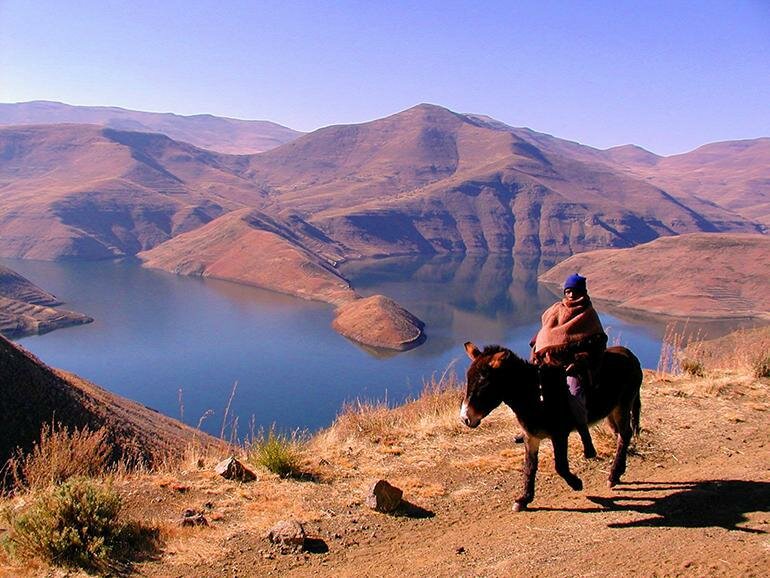
Be prepared
A degree of preparation is necessary. First, all rides are subject to change due to the volatile weather conditions. All horse-riding equipment is provided, but appropriate cold-weather clothing, including long pants for protection from the riding gear, should be taken. Also given the changeable weather throughout the year, rain gear should also be taken, as well as sun protection. Sturdy shoes, wide brimmed hat, a low-temperature sleeping bag and sleeping mat, water bottle, skin balm, torch and batteries, a day pack, and food and cooking utensils for self-catering trails, should all be packed, but your booking agent will give you full details in advance.
Community involvement
Pony trekking in the Maloti Drakensberg region is a unique tourism activity that embraces the local communities. They are the owners of the ponies and thus benefit from the sustainable livelihood that the trails provide, as well as gives them the encouragement to protect the natural environment that has attracted the visitor in the first place.
Discover the Drakensberg region like never before, and enjoy the wide open spaces and beautiful places from the saddle.
dinFO
For more information on the trails and horse riding options available, visit www.malealea.com or www.ltdc.org.Is. For more information about the Maloti Drakensberg Route, visit www.malotidrakensbergroute.com

